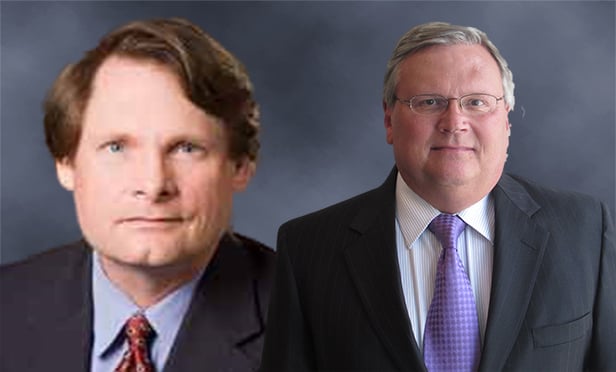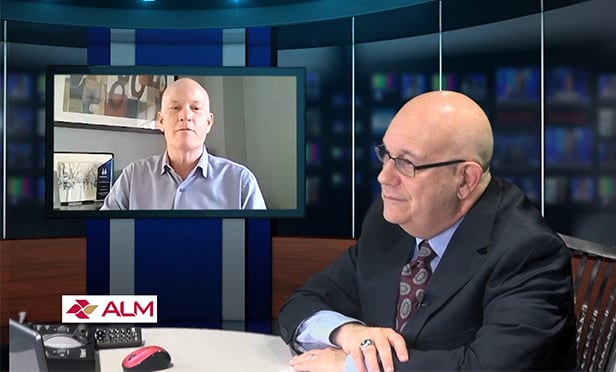The Social Economic Environmental Design Network, founded in 2005, held its first nationwide conference last Friday in Dallas. Its members are design practitioners, activists and theorists whose mission is to advance the right of every person to live in a socially, economically and environmentally healthy community.
SEED's members hope to effect change by creating design principles for residential and commercial structures in settings that would be mutually beneficial to all, whether developer, owner, tenant, resident or neighbor. Among the outcomes would be the conservation of resources and minimized waste.
The similarities between USGBC and SEED are many. The difference is USGBC's mission statement focuses on transforming buildings while SEED claims it's a "right" of the people and for the people to work, live and play in healthy buildings.
SEED members are waging a battle to create a ranking system for design projects, much like LEED does, but in a more holistic approach. SEED's sustainability measures make community development priorities as much a part of the equation as reducing carbon footprints and recyclable building materials.
"This does seem like the time where people are looking at these issues. There are a lot of discussions going on," Frank Giblin, director of the feds' GSA urban development/good neighbor program, told the 100 members attending the conference in the Dallas Museum of Art at 1717 N. Harwood St. In Washington, DC, dialogue is ongoing to add new dimensions to LEED criteria for sustainable sites and addressing social equity issues.
 Vittori |
For four years, Vittori has been campaigning and creating green guides for healthcare structures. The public comment period drew 2,200 comments, perhaps a record-breaking number for a USGBC initiative. To date, there are 15 LEED-certified healthcare facilities--and more on the way as data from initial buildings validate the need for change.
There is an increasing public awareness that sustainability is far more than lip service to being green or monitoring carbon footprints. It's the big picture: construction materials, impact on surroundings, conservation and waste reduction, affordability for all. And, it's the marriage of design principles and government regulations.
"It's all about buildings," Vittori emphasized. "It's where we live, work, learn and heal. It's the major engine for the economy."
Want to continue reading?
Become a Free ALM Digital Reader.
Once you are an ALM Digital Member, you’ll receive:
- Breaking commercial real estate news and analysis, on-site and via our newsletters and custom alerts
- Educational webcasts, white papers, and ebooks from industry thought leaders
- Critical coverage of the property casualty insurance and financial advisory markets on our other ALM sites, PropertyCasualty360 and ThinkAdvisor
Already have an account? Sign In Now
*May exclude premium content© 2024 ALM Global, LLC, All Rights Reserved. Request academic re-use from www.copyright.com. All other uses, submit a request to [email protected]. For more information visit Asset & Logo Licensing.









